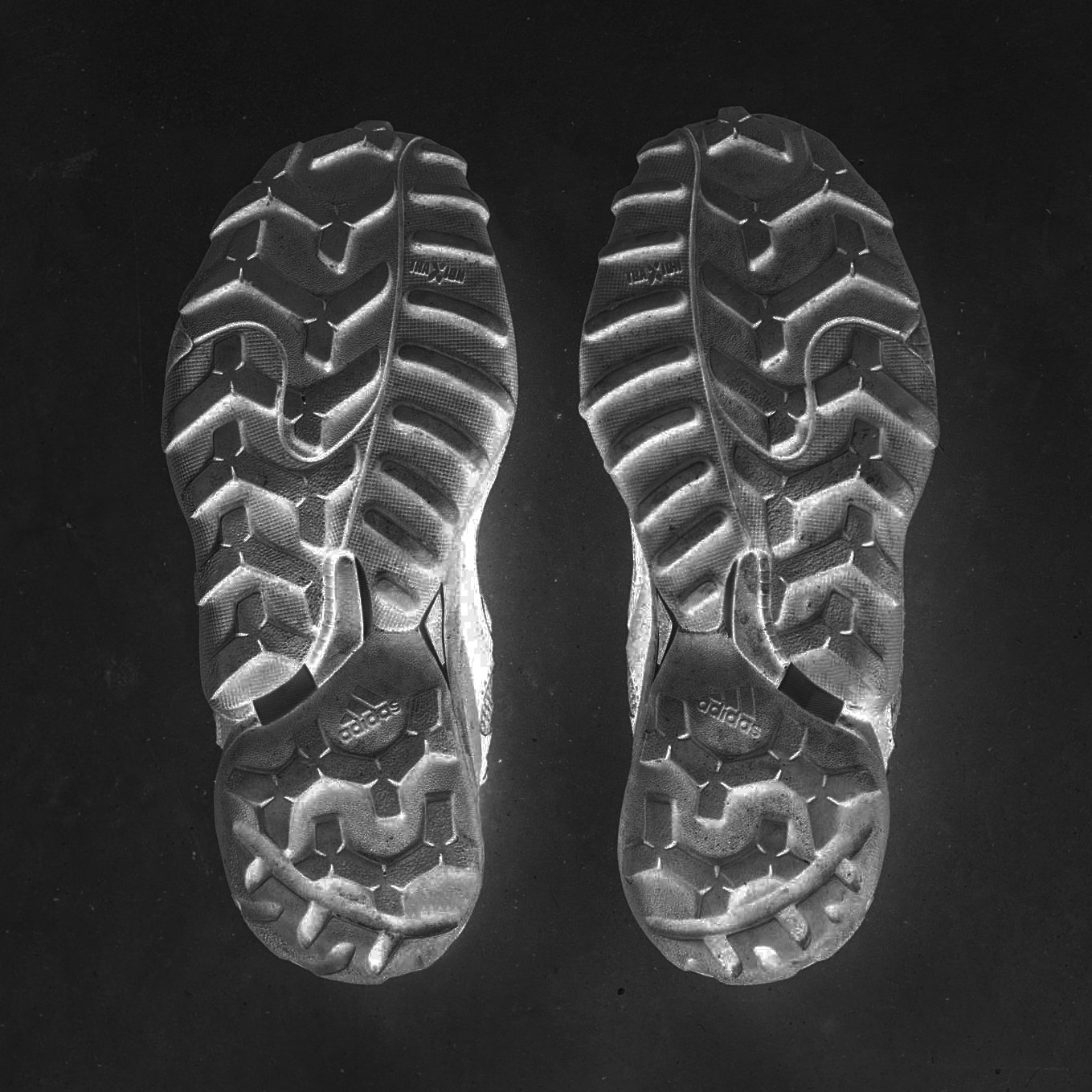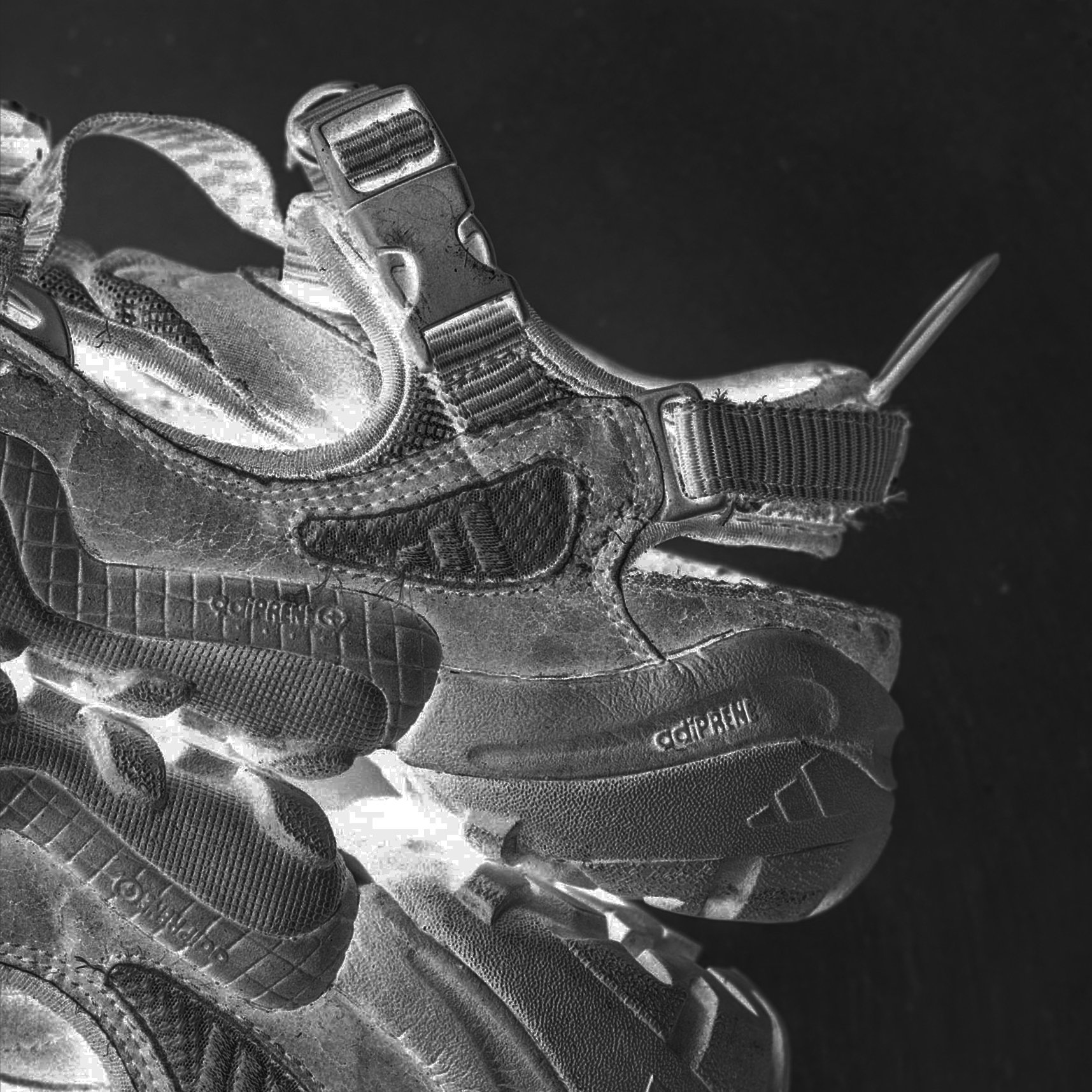Sole Systems 007: Aquatic Shoes
Footwear You Don’t Mind Getting Wet
Words by William Penny
From river paddling to deep sea submersion, the ability of water shoes to enable the swift transition from land to water and back onto land again has utilised high-tech material and structural developments within footwear design. Whether it’s the pair of jelly sandals you wore to the beach when you were a kid or heavy-duty military boots capable of deep-sea submersion, water shoes take impressive footwear design off the street and plunge it into the deep unknown.
With an increased interest in outdoor performance gear from consumers over the last five years, aquatic shoes find themselves integrating evermore into the style zeitgeist, a position for which they were not originally intended. Online archives like organiclab.zip and Hiking Patrol have introduced to the mainstream an entire genre of footwear and clothing which had remained largely untapped by the casual consumer and is no longer reserved for anoraks and outdoor enthusiasts. Alongside this rapid rise in appreciation for utility-led product so too has the interest in water-ready shoes, revealing an impressive archive of specialist models with purpose at their core.
Assessing examples ranging from casual beach sandals to military-issue water boots with attachable scuba fins, we’ll be considering how footwear design utilises varying material technologies and clever industrial design techniques to create specialised products which are just as effective in water as they are on land. While the purpose of a water shoe doesn’t seem like a particularly pressing issue outside of specialist military units perhaps, their existence demonstrates a desire to design beyond what is necessary and, in this case, a product which alleviates the need for intervention when experiencing an unexpected change in terrain or activity. In short, they’re not fundamental to most people’s daily lives, but they’re nothing if not cool.
Beyond the obvious requirement for water shoes to be quick drying, they must be appropriate for dealing with the challenges of wet and dry terrains. Submergible shoes should provide this durability while at the same time remaining lightweight and flexible so as not to weigh you down in the water and inhibit the fluidity of movement required to swim and tread water. More advanced water shoes even possess complex drainage systems that allow their wearer to be in and out of the water at frequent intervals without labour or discomfort.
The adidas Banshee III and the NikeLab ACG Free Rift sandals each offer an example of footwear designed to be worn across many terrains beyond the pavement, up to and including moderate water exposure. The Banshee III is an updated version of the less-known adidas ‘Shandal’ from the mid-nineties that was the first closed-toe sandal which never really took off. The versatile hiking sandal features three adjustable straps to the heel, instep, and forefoot that promote a snug fit, while ADIPRENE and TORSION technology enhances protection and shock absorption. Primarily designed for bouldering, the Banshee sandal holds firm in the kind of light submersion you may experience when trekking in warmer conditions due to its use of technical materials and cut-out panelling.
Much like the Banshee, the NikeLab ACG Free Rift sandal is a versatile sports sandal which holds up across multiple terrains, including water. This model is a reiteration of the 1996 Air Rift and an attempt to create a sports shoe free of unnecessary attachments and restrictions. Though it is less rugged in appearance, it is probably better suited to exposure to water due to its one-piece TPU upper and phylon midsole offering enhanced flexibility and quick drying properties. While the Banshee offers more robust protection from uncertain terrain, the ACG Free Rift lends itself to the frequent transition between land and water and fits more seamlessly to the foot, giving better fluidity of movement when worn under the water.
While the Banshee and Air Rift sandals offer examples of footwear designed primarily for land but can withstand varying wet and dry terrains, the Speedo Hydro Tread Rubber and Vibram V-AQUA have been designed with water in mind. Any discussion of design oriented toward water is at a loss without mention of Speedo, the undeniable king of swimwear, so it’s only right that the brand had a go at creating a pair of water shoes. By the same merit, it also makes a lot of sense that Vibram, the undeniable king of grip, manufactures a model designed to provide maximum grip on wet and dry surfaces while enabling complete fluidity of movement.
The Speedo Hydro Tread, like the ACG Air Rift, makes use of a super minimal construction with the addition of a simple water drainage system in the centre of the sole unit supported by a perforated inner sole topped with a fine mesh to keep out debris. Constructed from a rubberised nylon upper and EVA rubber sole, the model wraps seamlessly around the foot to form a protective shell and comes complete with an adjustable heel strap and pull toggle fastening system. The close fit creates a second skin that is streamlined and robust so that the shoe can be worn with ease under the surface of the water while protecting the wearer's feet from sharp rubble and silt.
The V-AQUA takes the idea of minimalist shoe design and the idea of a water shoe as a second skin even further. This iteration of the brands signature FiveFinger design has been updated with Vibram’s Megagrip outsole with additional drainage perforations for increased grip on both dry and wet terrains for use in wet rock trekking, Kayaking, and S.U.P., as well the amphibious tooling which allows for natural movement both in and out of water. The V-AQUA bears a certain similarity to the scaly-foot snail which we encountered in our Sole Systems 006 series in their ability to form a second skin as an added layer of protection. The snail’s proximity to iron-rich hydrothermal vents in the Indian Ocean allow it to create an iron armour and incorporate it into its exoskeleton to protect itself from predators. The sole of the Vibram V-AQUA even looks as though it could have been inspired by the scaly-foot snail, and maintains the same fluidity of movement that the scale-like formation of the armour allows the snail.
Examples of more advanced models of water shoes predictably come courtesy of military-issued boots from LALO Tactical and Oakley and have been vigorously engineered to serve specific purposes across both land and sea. Whereas the more commercially available water shoes only need to accommodate more moderate exposure to water and unknown surfaces, military-issued boots offer multiple specialist features that adapt to hostile land environments, deep water environments, and the transitional period.
Both the Oakley LSA Water boot and the LALO Amphibian boot have been designed with special operational forces like the Navy SEALs in mind, so come equipped for any terrain and come with the option of attachable scuba fins - the Amphibian boot comes complete with a perforated rubber fin lock to the heel. Fully drainable bottom units in both boots offer hidden outflow channels between the upper and the sole which offer quick drainage in transition from water to dry land without slowing the wearer down, while the Oakley’s Unobtanium outsole and LALO TPU outsole offers extreme abrasion-resistant durability and strong grip across uneven and slippery.
The LALO Amphibian boots are appreciated by many enthusiasts as representing “the gold standard of water shoes” and possess several features that set it apart as a specialist water shoe. The hydrophobic bamboo-weave lining speeds up the drying process and provides heat insulation while underwater and a blade-resistant carbonised rubber toe box demonstrate the advances in material development associated with military design. The Amphibian boots come complete with metal studs in the foot's medial arch to assist in rock and rope climbing and an Achilles heel notch for increased fluidity of movement, ensuring that the boots are not just waterproof, but water proven.
The design and use of water shoes exist within a specific area of expertise and are of little use to anybody who doesn’t find themselves in need of a pair of shoes to wear as they walk into the ocean. Practicality and durability, however, have become more important to consumers than just how a shoe looks on foot and aquatic shoes reveal a whole design ethos rarely seen on pedestrian feet and remind us that our feet are equipped for much more than just walking on a pavement and neither should our footwear. Water shoes avoid the constraints of the relentless cycle, focusing instead on designing for purely practical purposes and serving as a vessel for material and structural developments within the footwear industry.



















